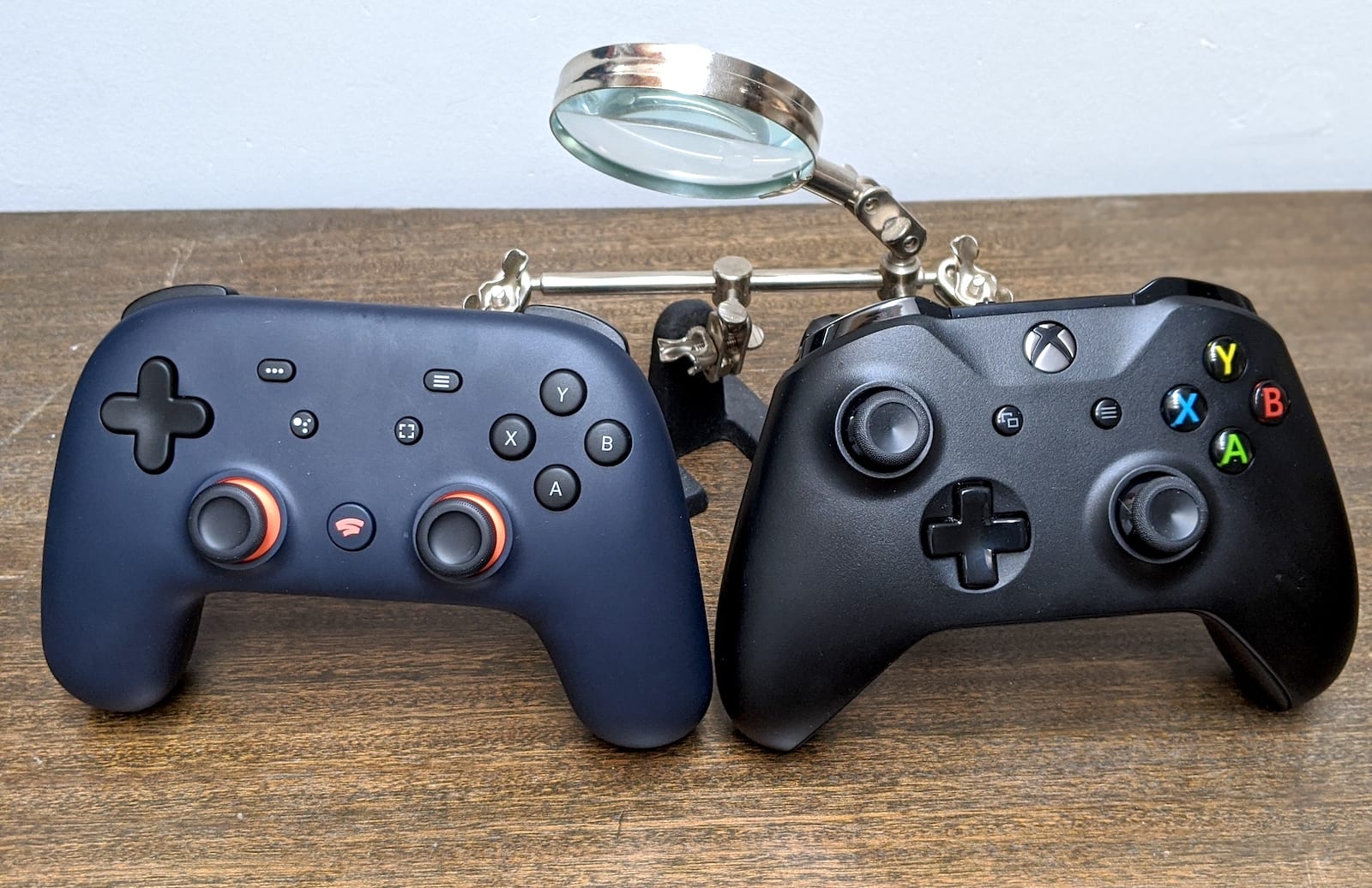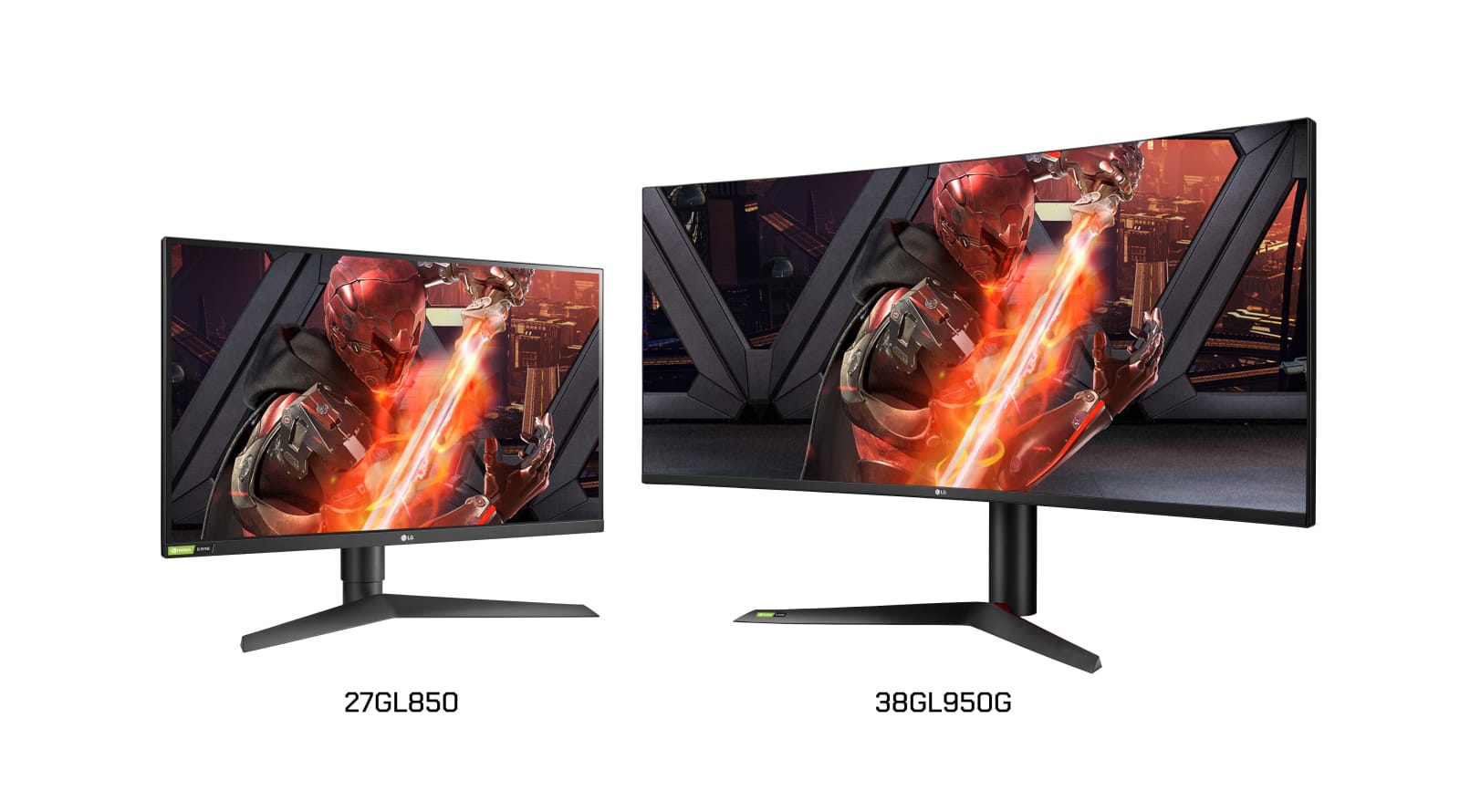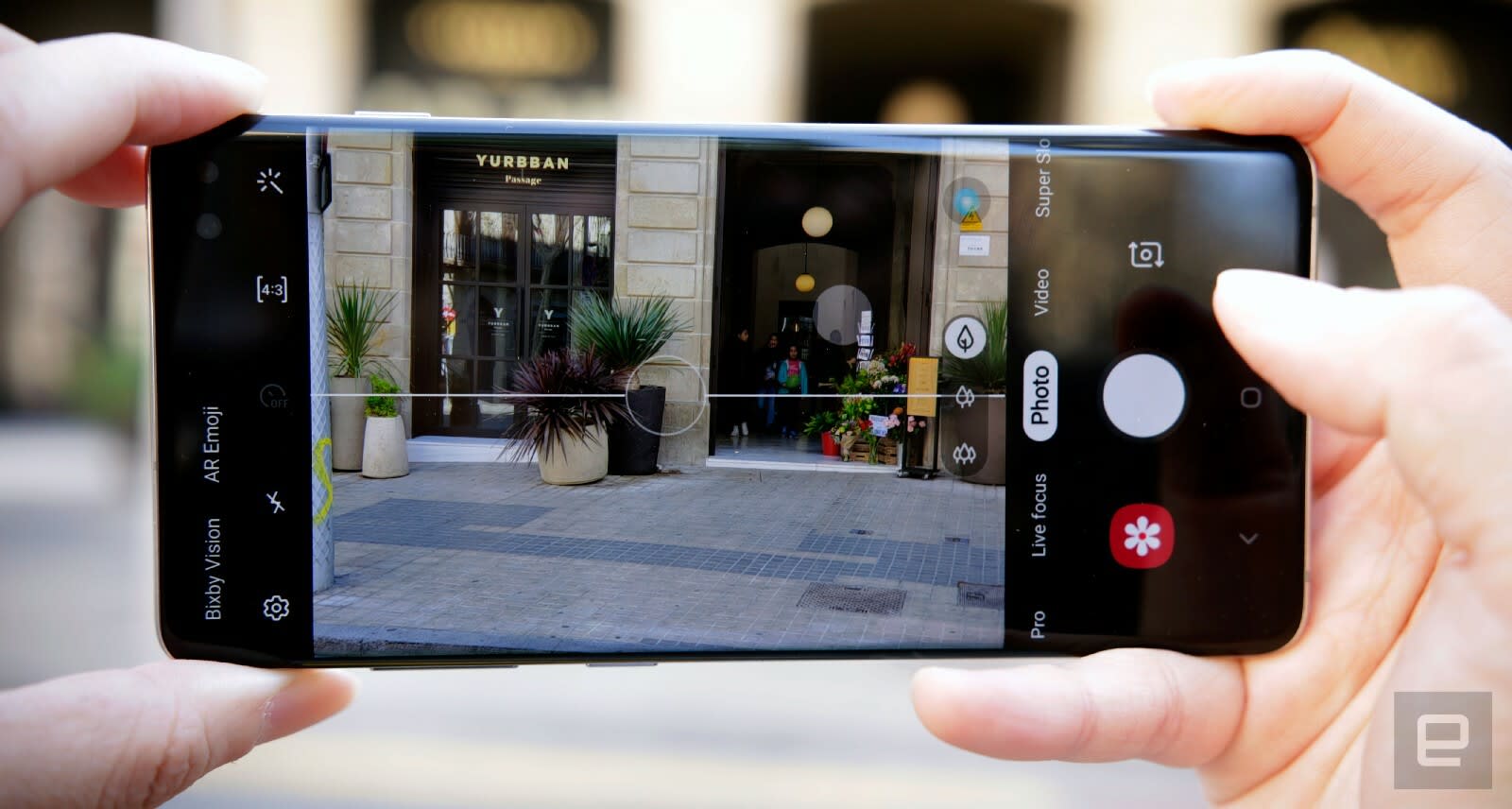There are tons of solid computer monitors available right now, which is great for anyone who needs a second screen for their home office setup or a special gaming monitor for their rig. Not to mention, display technology has evolved a lot in the past few years: OLED Flex, QD-OLED and built-in smart platforms have become more prevalent, and things like color accuracy, image quality, size and resolution have seen big improvements, too. Engadget can help you make sense of the computer monitor space and help you decide which monitors (or, at the very least, type of monitor) is right for you. Whether you’re a business user, a content creator, a multitasker or into competitive gaming, you have plenty of options to choose from and we’ve outline our top picks for the best monitors below.
Factors to consider
Panel type
The cheapest monitors are still TN (twisted nematic), which are strictly for gamers or office use. VA (vertical alignment) monitors are also relatively cheap, while offering good brightness and a high contrast ratio. However, content creators will find that IPS (in-plane switching) LCD displays deliver better color accuracy, picture quality and viewing angles.
If maximum brightness is important, a quantum dot LCD display is the way to go — those are typically found in larger displays. OLED monitors are now available and offer the best blacks and color reproduction, but they lack the brightness of LED or quantum dot displays. Plus, they cost a lot. The latest type of OLED monitor, called QD-OLED from Samsung, just came out in 2022. The most notable advantage is that it can get a lot brighter, with monitors shown at CES 2022 hitting up to 1,000 nits of peak brightness.
MiniLEDs are now widely used in high-end displays. They’re similar to quantum dot tech, but as the name suggests, it uses smaller LED diodes that are just 0.2mm in diameter. As such, manufacturers can pack in up to three times more LEDs with more local dimming zones, delivering deeper blacks and better contrast.
Screen size, resolution and display format
In this day and age, screen size rules. Where 24-inch displays used to be more or less standard (and can still be useful for basic computing), 27-, 32-, 34- and even 42-inch displays have become popular for entertainment, content creation and even gaming these days.
Nearly every monitor used to be 16:9, but it’s now possible to find 16:10 and other more exotic display shapes. On the gaming and entertainment side, we’re also seeing curved and ultrawide monitors with aspect ratios like 21:9. If you do decide to buy an ultrawide display, however, keep in mind that a 30-inch 21:9 model is the same height as a 24-inch monitor, so you might end up with a smaller display than you expected. As a rule of thumb, add 25 percent to the size of a 21:9 monitor to get the vertical height you’d expect from a model with a 16:9 aspect ratio.
A 4K monitor is nearly a must for content creators, and some folks are even going for 5K or all the way up to 8K. Keep in mind, though, that you’ll need a pretty powerful computer to drive all those sharp pixels. And 4K resolution should be paired with a screen size of 27 inches and up, or you won’t notice much difference between 1440p. At the same time, I wouldn’t get a model larger than 27 inches unless it’s 4K, as you’ll start to see pixelation if you’re working up close to the display.
One new category to consider is portable monitors designed to be carried and used with laptops. Those typically come in 1080p resolutions and sizes from 13-15 inches. They usually have a lightweight kickstand-type support that folds up to keep things compact.
HDR
HDR is the buzzy monitor feature to have these days, as it adds vibrancy to entertainment and gaming – but be careful before jumping in. Some monitors that claim HDR on the marketing materials don’t even conform to a base standard. To be sure that a display at least meets minimum HDR specs, you’ll want to choose one with a DisplayHDR rating with each tier representing maximum brightness in nits.
However, the lowest DisplayHDR 400 and 500 tiers may disappoint you with a lack of brightness, washed out blacks and mediocre color reproduction. If you can afford it, the best monitor to choose is a model with DisplayHDR 600, 1000 or True Black 400, True Black 500 and True Black 600. The True Black settings are designed primarily for OLED models, with maximum black levels at .0005 nits.
Where televisions typically offer HDR10 and Dolby Vision or HDR10+, most PC monitors only support the HDR10 standard, other than a few (very expensive) models. That doesn’t matter much for content creation or gaming, but HDR streaming on Netflix, Amazon Prime Video and other services won’t look quite as punchy. In addition, the best gaming monitors are usually the ones supporting HDR600 (and up), rather than content creation monitors – with a few exceptions.
Refresh rate
Refresh rate is a key feature, particularly on gaming monitors. A bare minimum nowadays is 60Hz, and 80Hz and higher refresh rates are much easier on the eyes. However, most 4K displays top out at 60Hz with some rare exceptions and the HDMI 2.0 spec only supports 4K at 60Hz, so you’d need at least DisplayPort 1.4 (4K at 120Hz) or HDMI 2.1. The latter is now available on a number of monitors, particularly gaming displays. However, it’s only supported on the latest NVIDIA RTX 3000- and 4000-series, AMD RX 6000-series GPUs.
Inputs
There are essentially three types of modern display inputs: Thunderbolt, DisplayPort and HDMI. Most monitors built for PCs come with the latter two, while a select few (typically built for Macs) will use Thunderbolt. To add to the confusion, USB-C ports may be Thunderbolt 3 and by extension, DisplayPort compatible, so you may need a USB-C to Thunderbolt or DisplayPort cable adapter depending on your display.
Color bit depth
Serious content creators should consider a more costly 10-bit monitor that can display billions of colors. If budget is an issue, you can go for an 8-bit panel that can fake billions of colors via dithering (often spec’d as “8-bit + FRC”). For entertainment or business purposes, a regular 8-bit monitor that can display millions of colors will be fine.
Color gamut
The other aspect of color is the gamut. That expresses the range of colors that can be reproduced and not just the number of colors. Most good monitors these days can cover the sRGB and Rec.709 gamuts (designed for photos and video respectively). For more demanding work, though, you’ll want one that can reproduce more demanding modern gamuts like AdobeRGB, DCI-P3 and Rec.2020 gamuts, which encompass a wider range of colors. The latter two are often used for film projection and HDR, respectively.
Console gaming
Both the Xbox Series X and Sony’s PS5 can handle 4K 120Hz HDR gaming, so if you’re into resolution over pure speed, you’ll want a monitor that can keep up and provide the best gaming experience possible. 4K resolution, HDR and at least 120Hz is the minimum starting point, but fortunately there are 27-inch displays with those specs starting at well under $1,000.
Pricing and parts shortages
Though the pandemic has eased, monitor supply is still a bit tighter than pre-pandemic levels due to supply and demand issues. To that end, you may have trouble finding monitors at Amazon, B&H or elsewhere for the suggested retail price point. For our guide below, we’re basing our picks on the MSRP, as long as the street price doesn’t exceed that by more than $25.
 Serious lung disease has a high rate of mortality, and the only curative treatment is a lung transplant. This is a complicated procedure that has other adverse health effects and oftentimes simply doesn't work, so for scientists in this field, organ...
Serious lung disease has a high rate of mortality, and the only curative treatment is a lung transplant. This is a complicated procedure that has other adverse health effects and oftentimes simply doesn't work, so for scientists in this field, organ...
 Cloud gaming has finally arrived in a playable, frustration-free form (mostly, anyway), courtesy of two tech giants with the network infrastructures to actually make streaming happen: Google and Microsoft. However, both companies are diving int...
Cloud gaming has finally arrived in a playable, frustration-free form (mostly, anyway), courtesy of two tech giants with the network infrastructures to actually make streaming happen: Google and Microsoft. However, both companies are diving int...
 LG has unveiled its latest gaming offering: two new monitors with a blazing one-millisecond response time. The monitors are part of LG's UltraGear family and are the first in the world to offer such a fast IPS display, which helps bring IPS (In-Plane...
LG has unveiled its latest gaming offering: two new monitors with a blazing one-millisecond response time. The monitors are part of LG's UltraGear family and are the first in the world to offer such a fast IPS display, which helps bring IPS (In-Plane...
 Samsung has leapt ahead of Sony in the smartphone megapixel wars with the launch of the ISOCELL Bright GW1, the world's' first 64-megapixel sensor for smartphones. The chip, while packing more resolution than Samsung's current 48-megapixel sensor, wi...
Samsung has leapt ahead of Sony in the smartphone megapixel wars with the launch of the ISOCELL Bright GW1, the world's' first 64-megapixel sensor for smartphones. The chip, while packing more resolution than Samsung's current 48-megapixel sensor, wi...
 When it comes to virtual reality, achieving human-eye resolution is arguably the main objective -- you want to see things as they would appear in real life, right? In 2017 Finnish company Varjo said it was working on a headset that delivered exactly...
When it comes to virtual reality, achieving human-eye resolution is arguably the main objective -- you want to see things as they would appear in real life, right? In 2017 Finnish company Varjo said it was working on a headset that delivered exactly...
 Facebook CEO Mark Zuckerberg sets himself a challenge each year. In the past, he's created an AI assistant for his home and committed to learning Mandarin. This time around, after a torrid year where Facebook faced myriad privacy scandals, he's plann...
Facebook CEO Mark Zuckerberg sets himself a challenge each year. In the past, he's created an AI assistant for his home and committed to learning Mandarin. This time around, after a torrid year where Facebook faced myriad privacy scandals, he's plann...